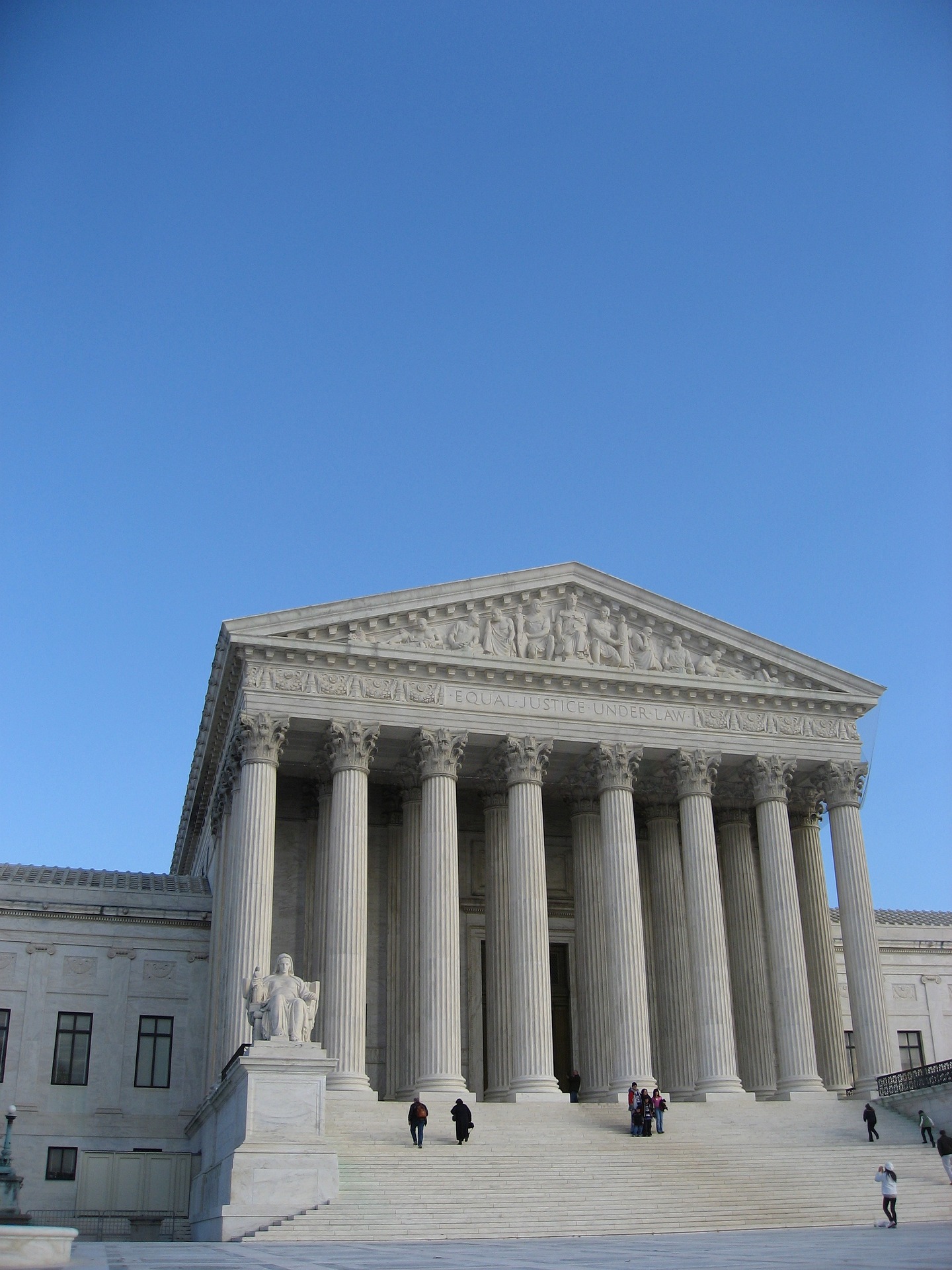Why Financing a Bankruptcy Is a Bad Idea
When faced with financial hardship, some individuals may consider a “$0 down bankruptcy” or other schemes to finance a bankruptcy as a way to eliminate overwhelming debt. While bankruptcy can offer a fresh start, there are instances where people may turn to financing to help cover the costs of the bankruptcy process itself. This option may seem like a good solution at first, but in reality, financing a bankruptcy can have long-lasting negative effects. Here are several reasons why financing a bankruptcy can be a bad idea.
1. High-Interest Rates and Additional Debt
One of the primary reasons financing a bankruptcy is a bad idea is the potential for high-interest rates. Many financial institutions or lenders offering loans to cover bankruptcy-related costs charge exorbitant interest rates. These rates can be significantly higher than the rates on other types of loans, such as personal loans or mortgages. As a result, even though the initial loan may seem like an easy way to cover bankruptcy costs, it can eventually result in far more debt than originally anticipated.
For example, if someone borrows a significant amount of money to finance their bankruptcy, the added interest over time can greatly increase the total amount they will need to repay. The additional interest can push the borrower further into debt, which defeats the very purpose of filing for bankruptcy — to reduce or eliminate financial burdens.
2. Inability to Address Root Financial Problems
Bankruptcy is a tool used to help individuals get out from under excessive debt, but it is not a solution for the root cause of financial issues. Financing a bankruptcy does nothing to address the underlying financial habits or issues that caused the person to file for bankruptcy in the first place. Borrowing money to cover bankruptcy expenses only delays the inevitable financial reckoning.
If the person hasn’t dealt with the causes of their debt, such as overspending, poor money management, or unexpected life events, they may find themselves in a similar financial situation after the bankruptcy is complete. Instead of getting a fresh start, they could be trapped in a cycle of debt, needing to finance their next financial obstacle. This doesn’t solve the problem; it merely postpones it.
3. Worsening Debt Load After Bankruptcy
Even after bankruptcy is filed, some individuals may still have leftover debts, particularly if they file for Chapter 13 bankruptcy, which involves restructuring debt rather than discharging it entirely. By financing the bankruptcy, individuals are taking on a new, separate debt while trying to relieve existing debt, which can result in a worsened financial situation after bankruptcy is over.
Rather than a fresh start, individuals may end up with additional obligations that hinder their ability to rebuild their financial life. The new loan could still be hanging over their head even after the bankruptcy process, meaning the relief that bankruptcy should provide is undermined by the added financial burden.
4. Risk of Losing Control Over Finances
Financing a bankruptcy can potentially lead to a loss of control over your finances. When you take out a loan to cover the bankruptcy process, you are relying on external lenders to manage a large part of your financial recovery. This reliance can result in unnecessary pressure and added stress, particularly if the lender has stringent repayment terms or demands.
Additionally, when people use financing to pay for bankruptcy, they may not have a full understanding of the terms of the loan or how they could impact their financial future. Without proper financial education or guidance, they may make decisions based on short-term relief rather than long-term stability, which can ultimately lead to further complications in their financial life.
5. Compromising the Integrity of the Bankruptcy Process
Bankruptcy is a legal process designed to help individuals who are struggling with insurmountable debt regain their financial footing. Financing that process can compromise the integrity of the entire bankruptcy proceeding. By adding more debt on top of the already existing debt, individuals may be perpetuating the financial mismanagement that led to the need for bankruptcy in the first place.
In some cases, those who offer financing to cover bankruptcy costs may require collateral or have specific terms that make it harder for the borrower to emerge from bankruptcy with a clean slate. This compromises the very purpose of bankruptcy, which is to offer a fresh start and the chance to rebuild one’s financial future without being burdened by past mistakes.
Conclusion
While it may seem like a quick fix to use financing for bankruptcy-related costs, the long-term consequences far outweigh the short-term relief it may provide. High-interest rates, the creation of additional debt, failure to address underlying financial issues, and potential complications in the bankruptcy process all make financing a bankruptcy a risky and often detrimental choice. For those facing significant debt, it is crucial to explore alternative options, seek professional guidance, and focus on making changes that will lead to long-term financial stability rather than relying on financing that may only lead to further hardship.
